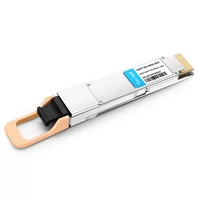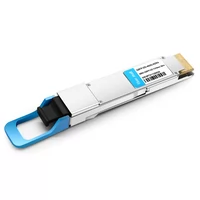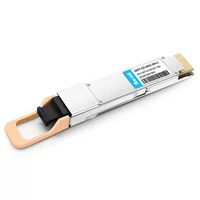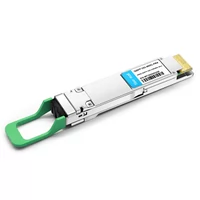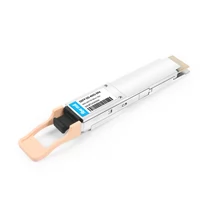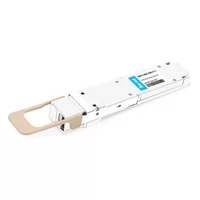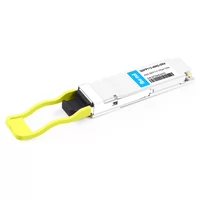We can compare the functions of CPU, GPU, ASIC, and FPGA chips with the roles of various chefs in high-end restaurants as follows:
Table of Contents
ToggleCPU (Central Processing Unit)
Scope of abilities: Just like a chef in a restaurant, CPU is responsible for managing the operations of the entire kitchen and ensuring that each dish is served accurately in order and time. CPU can handle a variety of ingredients and cooking methods and coordinate the work of other chefs.
Technical principle: By controlling and scheduling various components of the computer system, CPU executes instructions and processes data, thereby achieving various complex calculations and task management.
Application scenarios: Suitable for various electronic devices, such as computers, smartphones, etc. As the core computing unit, it is responsible for executing various software and application tasks.
Difference: A CPU is a general-purpose processor that can handle a variety of tasks, but its performance may not be as good as other specialized chips.
GPU (graphics processing unit)
Scope of abilities: Just like a pastry artist in a restaurant, focusing on making exquisite pastries and desserts. It is very skilled in graphics processing and rendering, able to quickly deliver stunning visual effects.
Technical principle: Through parallel computing, large amounts of image and graphics data are processed to achieve rapid rendering and processing of graphics to provide a better visual experience.
Application scenarios: Suitable for applications that require graphics acceleration, such as games, virtual reality, 3D modeling, etc., to provide smoother and more realistic graphics effects.
Difference: GPU is powerful in graphics processing, but not suitable for general computing tasks.
ASIC (Application-Specific Integrated Circuit)
Scope of ability: Just like a chef who specializes in a certain cuisine, ASIC is very efficient in the preparation of specific dishes and can complete high-quality dishes in a short time.
Technical principle: High-performance, low-power computing acceleration is achieved by customizing hardware design and optimization for specific applications. Convert specific algorithms and functions to hardware to improve computing efficiency.
Application scenarios: Suitable for applications that have strict requirements on performance and power consumption, such as data centers, artificial intelligence inference, etc.
Difference: ASICs are extremely efficient for specific tasks but cannot be used for general computing like CPUs and GPUs.
FPGA (Field Programmable Gate Array)
Scope of abilities: Like a versatile chef in a restaurant, FPGA can flexibly adjust the preparation and taste of dishes according to the special needs of guests.
Technical principle: FPGA can achieve flexible logic functions and computing acceleration through programmable logic units and connections and can configure and program according to actual needs.
Application scenarios: FPGAs are suitable for applications that require flexibility and reconfigurability, such as communication equipment, image processing, etc. FPGAs can be quickly adapted to different algorithm and task requirements.
Difference: FPGAs have programmability and certain performance, but the performance is usually not as high as ASIC after optimization.
Summary
The upscale restaurant scene helps us visualize the capabilities and applications of CPU, GPU, ASIC and FPGA chips. Just like chefs in a restaurant each focusing on their own area, these chips also play their own roles under different computing needs.
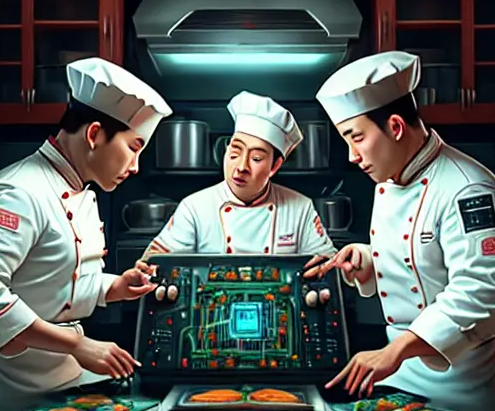
CPU, GPU, ASIC and FPGA
Related Products:
-
 QSFP-DD-400G-SR8 400G QSFP-DD SR8 PAM4 850nm 100m MTP/MPO OM3 FEC Optical Transceiver Module
$149.00
QSFP-DD-400G-SR8 400G QSFP-DD SR8 PAM4 850nm 100m MTP/MPO OM3 FEC Optical Transceiver Module
$149.00
-
 QSFP-DD-400G-DR4 400G QSFP-DD DR4 PAM4 1310nm 500m MTP/MPO SMF FEC Optical Transceiver Module
$400.00
QSFP-DD-400G-DR4 400G QSFP-DD DR4 PAM4 1310nm 500m MTP/MPO SMF FEC Optical Transceiver Module
$400.00
-
 QSFP-DD-400G-XDR4 400G QSFP-DD XDR4 PAM4 1310nm 2km MTP/MPO-12 SMF FEC Optical Transceiver Module
$580.00
QSFP-DD-400G-XDR4 400G QSFP-DD XDR4 PAM4 1310nm 2km MTP/MPO-12 SMF FEC Optical Transceiver Module
$580.00
-
 QSFP-DD-400G-SR4.2 400Gb/s QSFP-DD SR4 BiDi PAM4 850nm/910nm 100m/150m OM4/OM5 MMF MPO-12 FEC Optical Transceiver Module
$900.00
QSFP-DD-400G-SR4.2 400Gb/s QSFP-DD SR4 BiDi PAM4 850nm/910nm 100m/150m OM4/OM5 MMF MPO-12 FEC Optical Transceiver Module
$900.00
-
 QSFP-DD-400G-FR4 400G QSFP-DD FR4 PAM4 CWDM4 2km LC SMF FEC Optical Transceiver Module
$500.00
QSFP-DD-400G-FR4 400G QSFP-DD FR4 PAM4 CWDM4 2km LC SMF FEC Optical Transceiver Module
$500.00
-
 QSFP-DD-400G-SR4 QSFP-DD 400G SR4 PAM4 850nm 100m MTP/MPO-12 OM4 FEC Optical Transceiver Module
$450.00
QSFP-DD-400G-SR4 QSFP-DD 400G SR4 PAM4 850nm 100m MTP/MPO-12 OM4 FEC Optical Transceiver Module
$450.00
-
 OSFP-400G-SR4-FLT 400G OSFP SR4 Flat Top PAM4 850nm 30m on OM3/50m on OM4 MTP/MPO-12 Multimode FEC Optical Transceiver Module
$550.00
OSFP-400G-SR4-FLT 400G OSFP SR4 Flat Top PAM4 850nm 30m on OM3/50m on OM4 MTP/MPO-12 Multimode FEC Optical Transceiver Module
$550.00
-
 NVIDIA MMS4X00-NS400 Compatible 400G OSFP DR4 Flat Top PAM4 1310nm MTP/MPO-12 500m SMF FEC Optical Transceiver Module
$700.00
NVIDIA MMS4X00-NS400 Compatible 400G OSFP DR4 Flat Top PAM4 1310nm MTP/MPO-12 500m SMF FEC Optical Transceiver Module
$700.00
-
 QSFP112-400G-DR4 400G QSFP112 DR4 PAM4 1310nm 500m MTP/MPO-12 with KP4 FEC Optical Transceiver Module
$650.00
QSFP112-400G-DR4 400G QSFP112 DR4 PAM4 1310nm 500m MTP/MPO-12 with KP4 FEC Optical Transceiver Module
$650.00
-
 QSFP112-400G-SR4 400G QSFP112 SR4 PAM4 850nm 100m MTP/MPO-12 OM3 FEC Optical Transceiver Module
$450.00
QSFP112-400G-SR4 400G QSFP112 SR4 PAM4 850nm 100m MTP/MPO-12 OM3 FEC Optical Transceiver Module
$450.00

